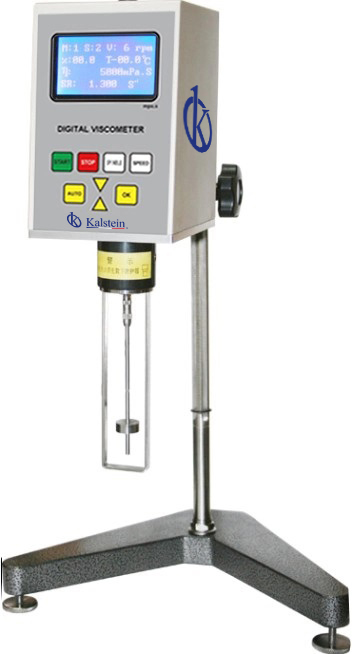The viscometer is an instrument used in the petrochemical industry to measure the viscosity of a liquid solution. This information is used to calculate fluid parameters, such as current intensity, pressure drop, temperature, etc. This information is important for determining the behavior of fluids in a mechanical system. The measurement made with a viscometer must be accurate and reliable, so that the decisions made on that measurement are correct.
In general, the viscometer uses a viscosity indicator to measure the viscosity of a fluid flow. The equipment is equipped with a rotating shaft on which one or more viscosity tests are placed. The measurement is typically performed in units of poise. The basic principle of operation of a viscometer is based on the viscosity law of fluids. This law states that the tangential force required to move a fluid through a steady state depends on the resistance to flow at a constant area.
How are the results of viscometer measurements calculated?
When calculating the results obtained with a viscometer, it is necessary to use the principles of hydrodynamics to determine the viscosity parameters. The first step is to determine the flow velocity parameters, such as the length and direction of the flow. This information is used to calculate the viscosity using the viscosity law. This requires the use of a specific viscosity formula.
Once the parameters are obtained, the second step is to calculate the viscosity using the parameters measured by the viscometer. This is done by means of a viscometric graph, which consists of a curve of the viscosity values as a function of the velocity parameter readings. This curve is typically a straight line. From this type of relationship between the variables the viscosity value of the substance can be interpolated on the graph.
The results obtained with the viscometer should be measured against the appropriate values for the temperature point where the flow is located. In addition, multiple measurements should be made at different temperatures to determine the viscosity of the fluid as the fluid temperature increases. The results of these measurements should be evaluated for error reduction in the calculation of the parameters to be measured.
What to do after the viscosity readings have been taken?
Once the reading and calculation of the results have been performed, it is necessary to store them correctly for future analysis. Therefore, it is advisable to use well-organized electronic records and files. These files should be clearly marked according to the field and brand of the instrument, and should contain the date and time of the measurement data. In general, many laboratories have a logbook of equipment use, where all the information of the measurements made is recorded.
On the other hand, it is important to regularly check and review the condition of the equipment used to perform the measurement, to ensure that it is in perfect working condition. This is especially true if old equipment that is no longer available on the market is used. It is therefore necessary to carry out regular maintenance practices on the equipment to avoid measurement errors.
In conclusion, calculating the results obtained with a viscometer requires a proper understanding of the principles of hydrodynamics. This information needs to be combined with the velocity and temperature parameters of the fluid to determine the viscosity. To optimize the accuracy of the measurement, it is important to regularly monitor the operating condition of the equipment and save the results obtained in a suitable recording format.
The usefulness of Kalstein viscometers
Many industries, such as the food and cleaning products industries, consider purchasing a viscometer to check the viscosity of some of their products. In this regard, the ones available from the manufacturer Kalstein are among the best. The Kinematic Rotational Viscometer YR05864 – YR05865 is one of their best-known models, which come with a touch screen and a test range between 1 and 2 million centipoise. The price of this equipment, other models and additional technical information can be found at HERE and HERE.

